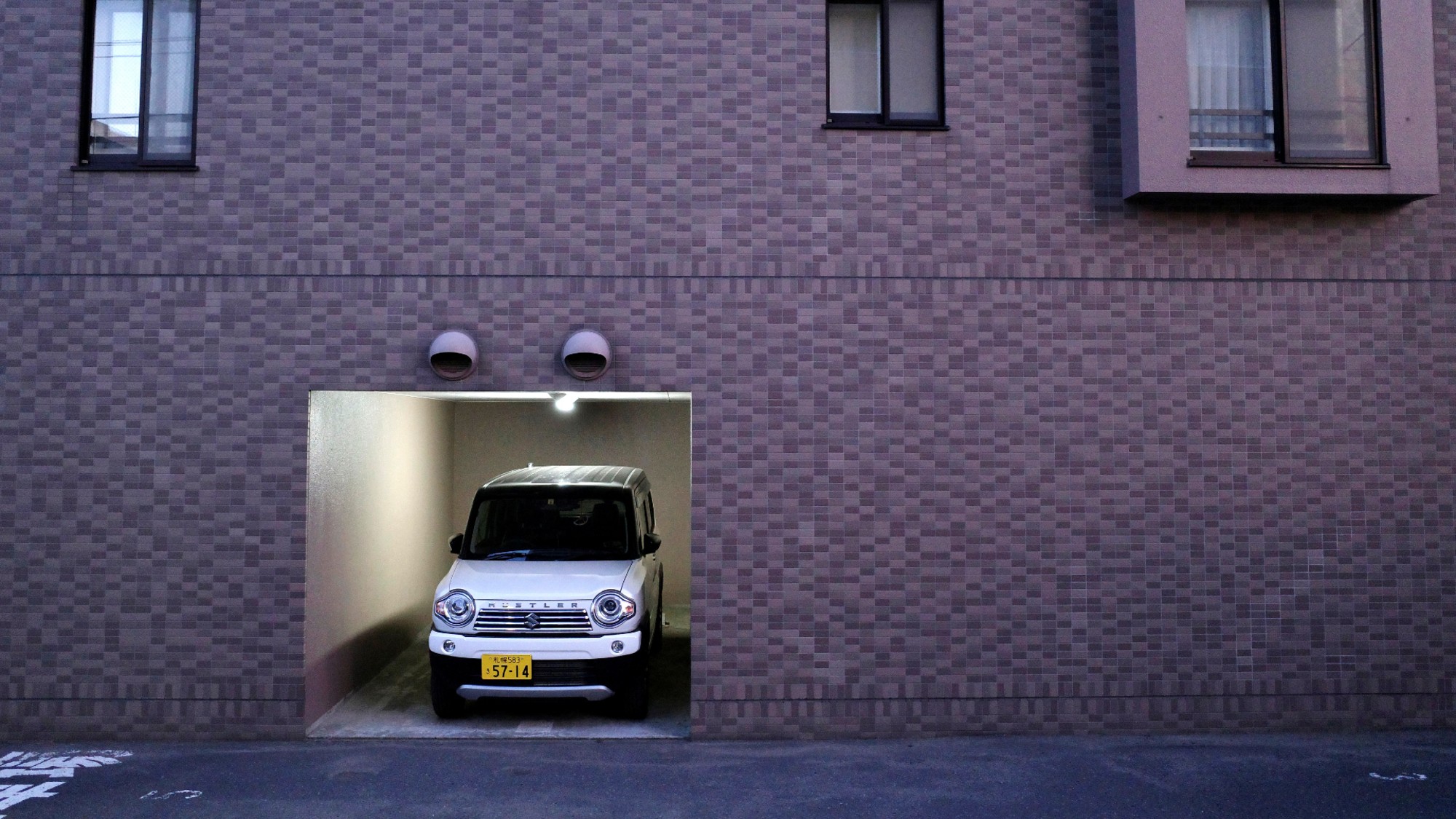Mark Bradford
Bradford’s first retrospective is at the Wexner Center for the Arts in Columbus.
Wexner Center for the Arts, Columbus, Ohio
Through Aug. 15
No artist captures contemporary Los Angeles like Mark Bradford, said Christopher Miles in the LA Weekly. His works—“perhaps best described as a mélange of drawing, painting, and collage”—frequently incorporate elements that he’s rescued from the city’s streets. Advertising posters, slips of paper, and other bits of “urban cultural detritus” find their way into “shimmering, lovely, and playful” compositions that frequently forge new ways to talk about issues of race, class, or sexuality. His latest installation, Pinocchio Is on Fire, hints at what it was like to be a gay black man in South Central L.A. during the 1980s, said Jori Finkel in the Los Angeles Times. It’s the centerpiece of Bradford’s first museum retrospective, currently at the Wexner Center. Oddly, and rather disappointingly, “this exhibition so deeply rooted in the history of Los Angeles” won’t actually be coming to Bradford’s home city.
The Week
Escape your echo chamber. Get the facts behind the news, plus analysis from multiple perspectives.

Sign up for The Week's Free Newsletters
From our morning news briefing to a weekly Good News Newsletter, get the best of The Week delivered directly to your inbox.
From our morning news briefing to a weekly Good News Newsletter, get the best of The Week delivered directly to your inbox.
Still, no artist knows how to take the energy of that city’s streets into the gallery like Bradford, said Christopher A. Yates in the Columbus Dispatch. His best-known works were created using “thick accumulations of pasted posters, removed from their original locations” in Bradford’s old neighborhood. Since their original messages had faded, Bradford added his own. He created James Brown Is Dead, for instance, “by cutting through the accumulation of posters” to inscribe the words of the piece’s title. Many other collages resemble maps or other, more obscure schematic documents. Geometric pieces such as Smokey, Juice and Enter and Exit the Negro strive toward a restrained, poetic minimalism. But they, like all his works, are restless meditations on “the complexity, vitality, and uncertainty found in contemporary urban culture.”
A free daily email with the biggest news stories of the day – and the best features from TheWeek.com
-
 Could smaller cars bring down vehicle prices?
Could smaller cars bring down vehicle prices?Today’s Big Question Trump seems to think so, but experts aren’t so sure
-
 2025’s most notable new albums
2025’s most notable new albumsThe Week Recommends These were some of the finest releases of the past year
-
 Trump aims to take down ‘global mothership’ of climate science
Trump aims to take down ‘global mothership’ of climate scienceIN THE SPOTLIGHT By moving to dismantle Colorado’s National Center for Atmospheric Research, the White House says it is targeting ‘climate alarmism’